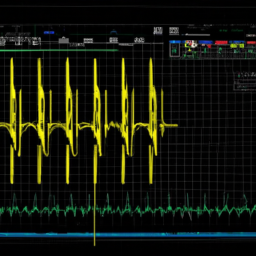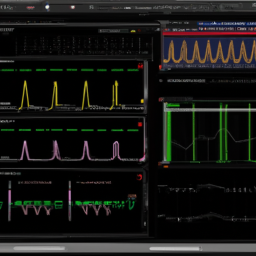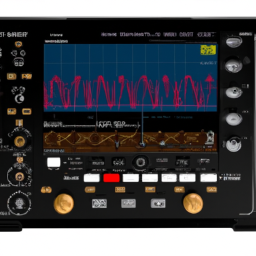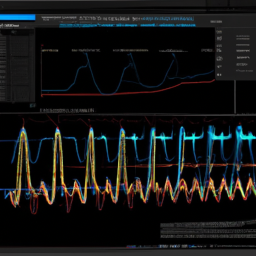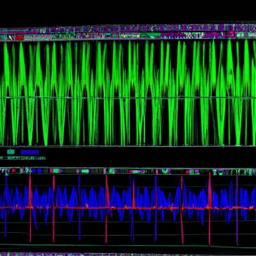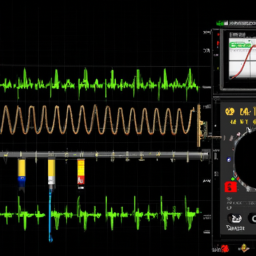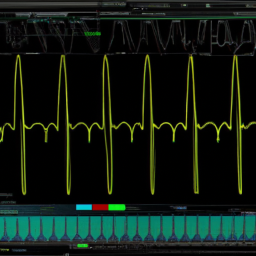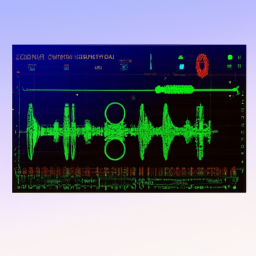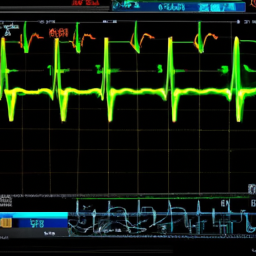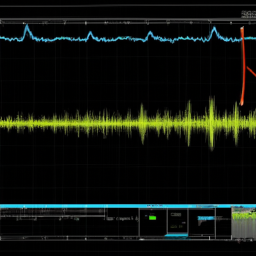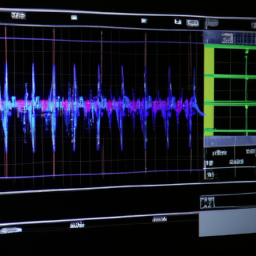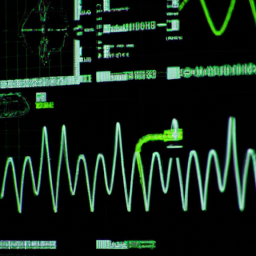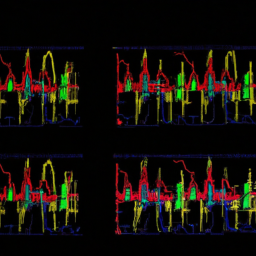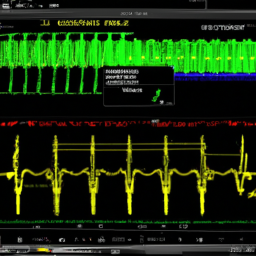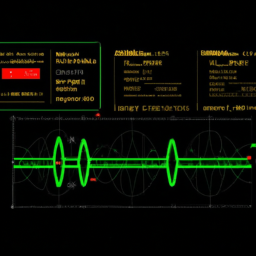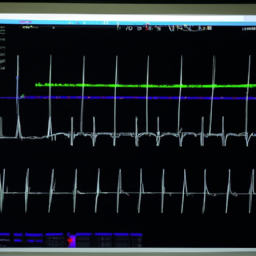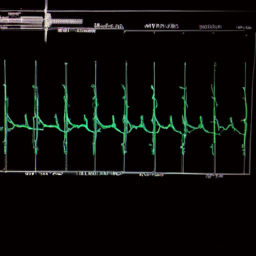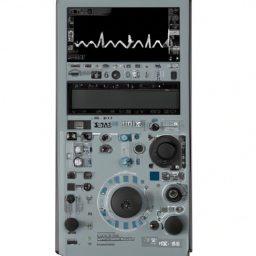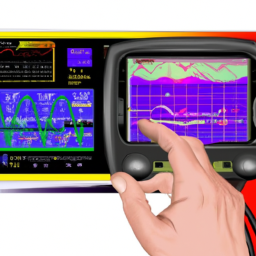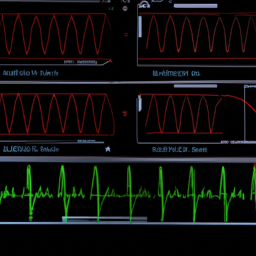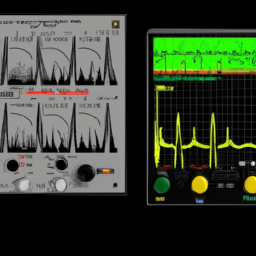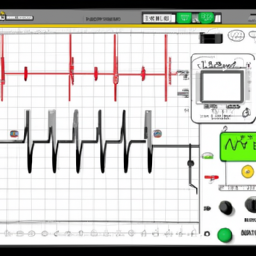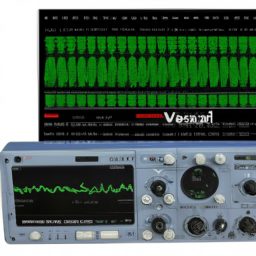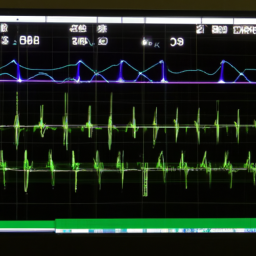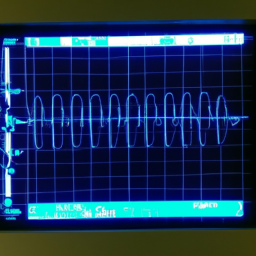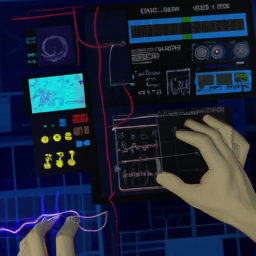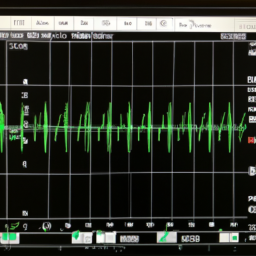Looking to enhance your signal capture and analysis capabilities? Look no further than the importance of triggering options in digital oscilloscopes. By understanding the basics of triggering, you can unlock a world of precise measurements and complex waveform analysis.
In this article, we will delve into the different types of triggering modes and their applications, allowing you to fine-tune your settings for optimal results. Whether you are in the electronics, telecommunications, or automotive industry, triggering options can greatly benefit your work.
With advanced triggering features, you can capture elusive signals, identify glitches, and analyze intricate waveforms with ease. Imagine the possibilities of achieving accurate measurements and gaining deeper insights into your signals.
So, join us as we explore the benefits of using triggering options in various industries. Discover how these powerful tools can revolutionize your signal analysis and take your work to the next level. Get ready to unlock the true potential of your digital oscilloscope.
Key Takeaways
- Triggering options in digital oscilloscopes enhance signal capture and analysis capabilities.
- Understanding the basics of triggering allows for precise measurements and complex waveform analysis.
- Advanced triggering features enable analysis of complex waveforms and capture of specific events or anomalies.
- Triggering options enhance efficiency, accuracy, and reliability in waveform analysis and troubleshooting.
Understand the Basics of Triggering in Digital Oscilloscopes
You need to understand the basics of triggering in digital oscilloscopes so you can unlock the full potential of your measurements and feel confident in capturing accurate and meaningful data.
Triggering is a crucial feature that allows you to control when the oscilloscope starts acquiring waveform data. It ensures that the desired signal is properly displayed and analyzed.
Troubleshooting common triggering issues is essential to avoid distorted or missing waveforms. To optimize triggering performance, make sure to set the trigger level correctly and choose the appropriate trigger type for your specific application.
Experimenting with different trigger settings can help capture elusive signals and reduce noise interference. Understanding how to use advanced trigger options, such as pulse width and edge triggering, can enhance signal capture and analysis.
By mastering the fundamentals of triggering, you can take full advantage of your digital oscilloscope’s capabilities and make accurate measurements.
Enhance Signal Capture and Analysis with Triggering Options
Maximize your signal capture and analysis capabilities with enhanced triggering features, allowing you to dive deeper into your data and discover hidden insights.
By utilizing these advanced options, you can significantly improve measurement accuracy and optimize signal acquisition. One such feature is the adjustable trigger level, which allows you to precisely set the voltage threshold at which the oscilloscope triggers. This ensures that only the desired signals are captured, reducing noise and unwanted waveforms.
Additionally, advanced triggering options such as edge triggering, pulse width triggering, and pattern triggering enable you to capture specific events or anomalies in your signal. These features provide a comprehensive view of your waveform, enabling you to analyze and troubleshoot complex signals effectively.
Transitioning into the subsequent section, let’s explore the different types of triggering modes and their applications.
Different Types of Triggering Modes and Their Applications
Get ready to dive deeper into your data and discover hidden insights with the different types of triggering modes and their practical applications. Signal stability and triggering performance are crucial factors in ensuring accurate measurements and analysis in digital oscilloscopes. To meet the demands of high-speed data acquisition, a range of triggering options are available.
-
Edge triggering: This mode detects voltage transitions at a specified threshold level, allowing you to capture signals with specific rising or falling edges.
-
Pulse triggering: Ideal for capturing pulses or narrow glitches, this mode triggers on a specific pulse width or interval.
-
Video triggering: Designed for video signal analysis, this mode triggers on specific line or field events, enabling detailed examination of video waveforms.
These various triggering modes empower you to capture and analyze signals with precision and accuracy. In the next section, we’ll explore how to fine-tune triggering settings for precise measurements.
Fine-tune Triggering Settings for Precise Measurements
Fine-tuning the triggering settings allows for more precise measurements, enhancing the accuracy and reliability of the data obtained from the digital oscilloscope. By adjusting the triggering parameters, you can improve accuracy and optimize the performance of your oscilloscope.
The triggering settings determine when the oscilloscope starts acquiring data, ensuring that the waveform of interest is captured accurately. You can adjust parameters such as trigger level, trigger type, and trigger holdoff to fine-tune the triggering settings.
The trigger level sets the voltage threshold at which the oscilloscope triggers, while the trigger type determines the conditions that must be met for triggering to occur. Additionally, the trigger holdoff feature prevents multiple triggers from occurring too close together, improving measurement stability.
Fine-tuning these settings allows you to capture precise waveforms and obtain accurate measurements.
With this understanding of fine-tuning triggering settings, let’s explore advanced triggering features for complex waveform analysis.
Advanced Triggering Features for Complex Waveform Analysis
Once you’ve mastered the basics, delve into the world of advanced triggering features to unravel the intricacies of complex waveforms. Advanced triggering techniques offer a wide range of benefits for precise waveform analysis. These features allow you to trigger on specific events or conditions within a waveform, enabling you to capture elusive glitches, anomalies, or specific sections of interest. With advanced triggering, you can set up complex trigger patterns, such as logic triggering, pulse width triggering, or edge triggering, to isolate and capture specific waveform behaviors. Additionally, advanced triggering options provide flexibility in triggering on multiple channels simultaneously, enabling you to analyze the relationship between different signals. This level of control and precision in triggering is essential for detailed analysis in industries such as telecommunications, automotive, and aerospace. Transitioning into the subsequent section, these advanced triggering options offer numerous benefits in various industries, allowing for more accurate measurements and troubleshooting capabilities.
Benefits of Using Triggering Options in Various Industries
Industries across the board benefit greatly from the use of triggering options, allowing for precise waveform analysis and troubleshooting capabilities. The advantages of trigger options in research are manifold.
In the medical field, trigger options play a crucial role in diagnosing and monitoring patients. By setting specific trigger conditions, medical professionals can capture specific events or anomalies in waveforms, aiding in the identification of irregularities and abnormalities. This enables accurate diagnosis and treatment planning.
Triggering options also find applications in various other industries such as telecommunications, automotive, and aerospace. In telecommunications, trigger options help in analyzing signal integrity and identifying signal distortions. Automotive and aerospace industries benefit from trigger options by enabling precise measurement and analysis of complex systems, leading to improved product performance and reliability.
Overall, the use of triggering options in various industries enhances efficiency, accuracy, and reliability in waveform analysis and troubleshooting.
Frequently Asked Questions
How does triggering in digital oscilloscopes affect the accuracy of signal capture and analysis?
You might think that triggering in digital oscilloscopes is just a fancy feature with no real impact on signal capture and analysis. Well, let me burst that bubble for you. Triggering options play a crucial role in ensuring waveform stability and fidelity. They enable accurate capture of transient and intermittent signals, allowing for precise analysis.
So, if you want accurate and reliable results, don’t underestimate the importance of triggering in digital oscilloscopes.
Can triggering options in digital oscilloscopes be customized to specific measurement requirements?
Yes, triggering options in digital oscilloscopes can be customized to specific measurement requirements. By having customizable triggering options, you can optimize measurement accuracy by precisely capturing the desired signals. These options include setting trigger levels, slopes, and pulse widths, among others.
Customizing the triggering options allows you to focus on specific signals of interest and eliminate unwanted noise or interference. This customization enhances the accuracy of signal capture and analysis, resulting in more reliable measurements.
Are there any limitations or constraints when using different types of triggering modes in digital oscilloscopes?
When it comes to using different types of triggering modes in digital oscilloscopes, there are indeed limitations and constraints to consider. These limitations can affect the accuracy and reliability of your measurements.
It is crucial to understand these limitations and optimize the triggering settings accordingly. By doing so, you can ensure that your oscilloscope captures the desired waveform consistently and accurately, leading to more reliable and precise measurements.
What are some common challenges faced when fine-tuning triggering settings for precise measurements?
When fine-tuning triggering settings for precise measurements, you may encounter several challenges. One of the main challenges is obtaining a stable trigger signal. This requires adjusting the trigger level and hysteresis to ensure accurate triggering.
Additionally, noise and jitter can affect the precision of measurements, so it’s crucial to minimize their impact by selecting appropriate trigger types and settings.
Finally, understanding the signal characteristics and selecting the correct triggering mode is essential for achieving precise measurements.
Can advanced triggering features in digital oscilloscopes help in analyzing complex waveforms with multiple signal components?
Using advanced triggering features in digital oscilloscopes is like having a compass in a dense forest. It allows you to navigate through complex waveforms with multiple signal components, enabling precise analysis in real time.
Customized triggering options have a significant impact on waveform analysis. They offer benefits such as improved signal visibility, accurate measurements, and enhanced troubleshooting capabilities.
These features empower you to unravel the intricacies of intricate waveforms, making your analysis more effective and efficient.
Conclusion
In conclusion, triggering options in digital oscilloscopes are crucial for precise measurements and in-depth waveform analysis. By understanding the basics of triggering and utilizing various triggering modes, users can enhance signal capture and analysis.
Fine-tuning triggering settings allows for accurate measurements, while advanced triggering features enable the analysis of complex waveforms. For example, in the telecommunications industry, triggering options can help identify and analyze specific data patterns in high-speed digital communication signals, ensuring reliable and efficient transmission.
Overall, triggering options play a vital role in various industries, improving measurement accuracy and enabling comprehensive waveform analysis.


